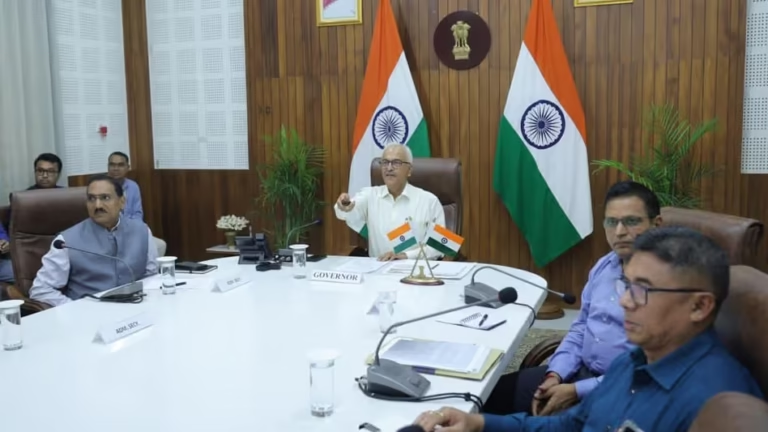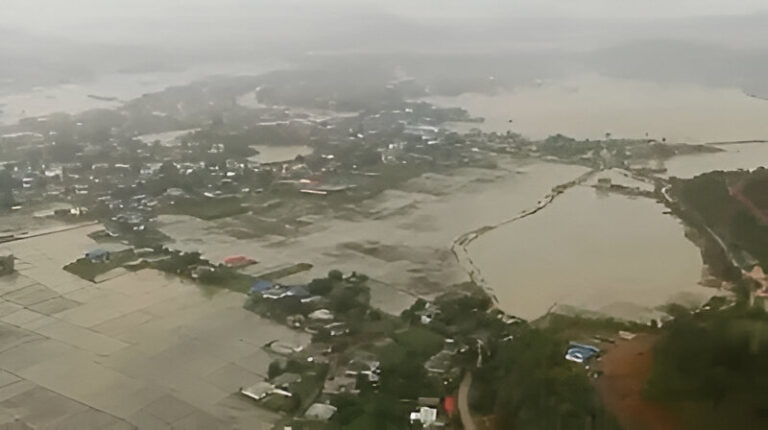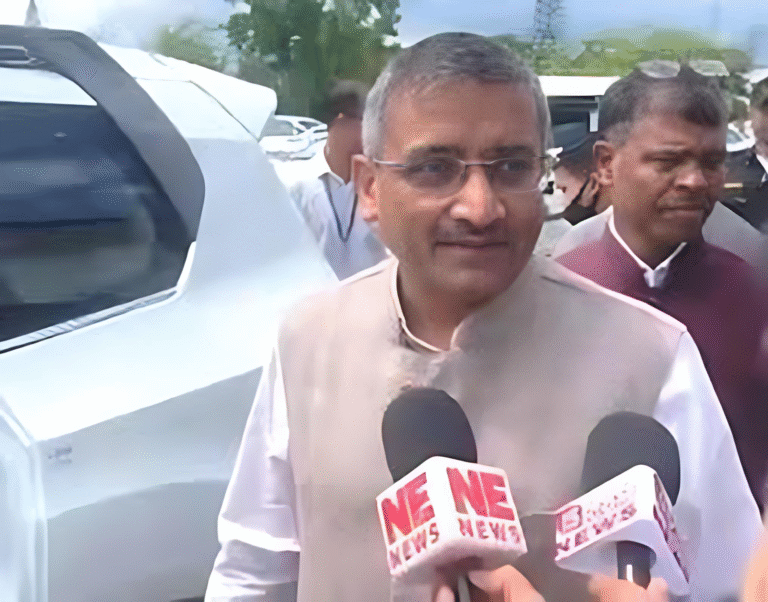Imphal West DC orders Bold Clean-Up Drive: Bye-Bye Unauthorized Structures by July 11
Short Summary of the News
The Deputy Commissioner of Imphal West has ordered the removal of unauthorized structures and debris obstructing river channels and drainage systems. The deadline set by July 11, 2025, is aimed at improving water flow, preventing flooding, and enhancing urban cleanliness in Imphal. Encroachers are mandated to dismantle or vacate their properties at their own expense, or face forced removal by authorities.
1. Why This Clean-Up Matters to You
Have you ever seen a drain clogged by trash after rain and thought, “Why isn’t someone fixing this?” Well, Imphal West is doing just that—on a grand scale. By clearing illegal buildings and gunk from rivers and drains, they’re not just tidying up—they’re strengthening the city’s defense against floods, improving hygiene, and restoring nature’s rhythm. This is civic rejuvenation in motion.
2. What the Order Says (and Doesn’t Say)
The Deputy Commissioner’s directive includes:
- Clearing unauthorized builds: huts, shops, water pumps, earth mounds, and other constructs blocking four vital waterways in the Imphal West district.
- Obligation on occupants: Remove everything by July 11, 2025. If you don’t, the government will do it—and bill you for it.
- Official process for objections: A legal window was open before for residents to challenge the order—but now it’s final.
- Responsibility lies with violators: Not the public treasury—removal costs fall on the encroachers.
3. Where the Brush Hits Hardest: Affected Riverways
The focus zones are critical arteries of Imphal:
- Waisel Maril
- Naga Nallah
- Eastern bank of Nambul River (from Keishampat to Keishamthong)
- Elangbam Leikai stretch of Nambul River
Survey reports show a heavy spread of obstructive structures—50 in Wangoi and 108 in Lamphel. That’s an urban river choked with debris, brimming with flood risk.
4. The Roots: Why Encroachments Became a Blight
How did Imphal waterways turn into real estate?
- Urban sprawl & pressure on housing pushed people to settle on the fringe
- Lack of regulation and enforcement encouraged makeshift shops and sheds
- Poor awareness led many to think such moves were harmless or temporary
The result? Blocked flows, rising flood threat, and degraded cityscape.
5. Flooding: More Than Just a Rainy Nuisance
It’s not just water—it’s water with consequences:
- Carried trash, disease, and silt
- Overflowed into roads and homes during rains
- Created breeding grounds for mosquitoes and pests
- Destroyed riverbank stability
Simply put: clogged rivers = unsafe streets.
6. Legal Muscle Behind the Move
The DC invoked strong legal support:
- Manipur Public Premises (Eviction of Unauthorised Occupants) Act, 1978, Sec. 3
- Manipur Land Reforms & Land Revenue Act, 1960, Sec. 15(1)
- Manipur Flood Zoning Act, 1978, Sec. 24
These laws empower government bodies to reclaim public land and remove illegal structures—without needing a tug-of-war at the courthouse.
The Clean-Up Timeline & How It’s Rolling
- April 2: Official order released.
- Early April: Local field surveys by SDOs in Wangoi and Lamphel.
- July 11: Deadline to clear out.
- Post-July 11: Authorities take action—and recover costs.
This ensures the city beats pre-monsoon downpours without unnecessary risk.
Conclusion: Clean Rivers, Spruced Towns, Safer Futures
This isn’t just about structures—it’s about restoring nature and protecting lives. By July 11, Imphal West aims to reset the banks, unclog the city’s circulatory system, and make flooding a rarer worry. If done right, this initiative isn’t just a one-time event—it’s a step toward a resilient, healthier, and more beautiful Imphal.
❓ Frequently Asked Questions
1. Who must remove structures by July 11?
Owners or occupants of sheds, shops, houses, pumps, earth dumps, or any unauthorized build along the designated waterways.
2. What if someone doesn’t comply?
Authorities will forcibly remove illegal structures after July 11, charging removal and demolition costs to the offenders.
3. Were objections allowed?
Yes—there was an earlier window for affected parties to submit objections. Once that closed, the order became final. thesangaiexpress.cominstagram.come-pao.net
4. Which waterways are affected?
Four key channels: Waisel Maril, Naga Nallah, eastern bank of Nambul River (Keishampat–Keishamthong), and Elangbam Leikai stretch. thesangaiexpress.com+2indiatodayne.in+2e-pao.net+2
5. How can citizens help after clearance?
Assist with awareness, report fresh encroachments, participate in clean-up and tree-planting drives, and support riverbank restoration efforts.




